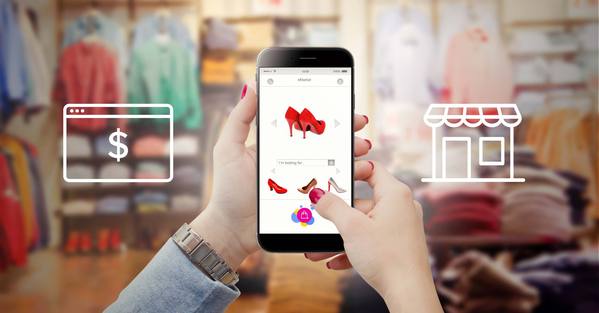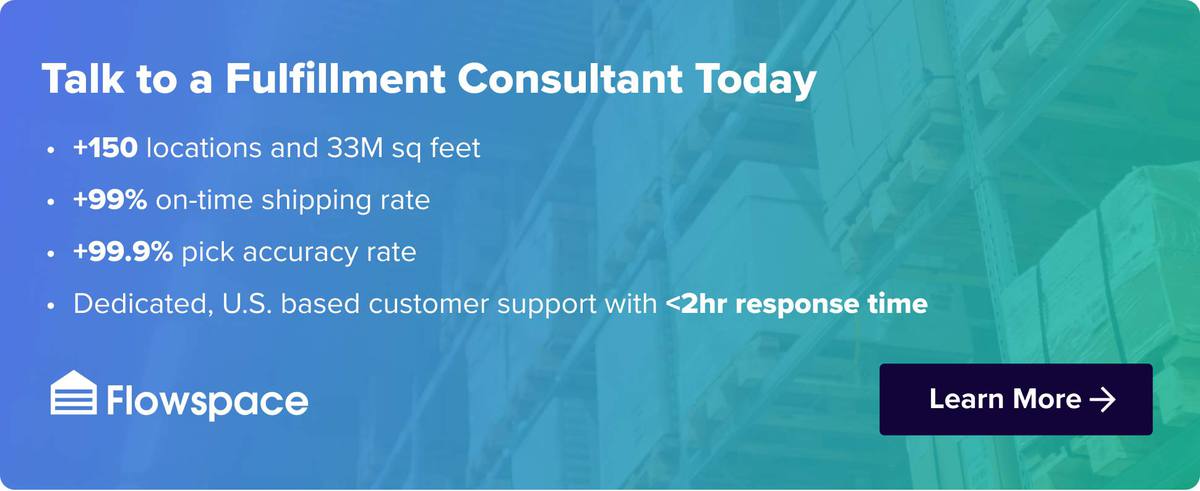
As omnichannel evolves, the customer’s ability to buy online and pick up from anywhere becomes crucial.
And it is evolving, according to the National Retail Federation’s Annual Forecast. In one of the panels from the event, Jonathan Silver, CEO and Founder of Affinity Solutions, shared that online shopping behavior is rebounding to pre-pandemic behaviors. Pre-pandemic, 25% of total shopping spend occurred online; a year later, it was 29% and now sits at 30%. This means brick-and-mortar stores remain consumers’ primary point of purchase, making up about 70% of total retail sales.
“While many consumers continue to utilize the conveniences offered by online shopping, much of that growth is driven by multichannel sales, where the physical store still plays an important component in the fulfillment process,” the NRF said in a press release about the annual forecast.
Customer experience is the key
Consumers aren’t flocking back to stores just because they can. They’re also going for the experience they get.
“If you think about the sheer amount of real estate as well as employees as well as just overall how much these retailers are placing in that experience, it’s true to say then that this omnichannel digital to store is very much a concept that will continue to stay,” said Pashmeena Hilal, Research Manager and Thought Leadership Lead for the Retail Sector at Google, during the NRF event.
In the end, consumers will continue buying on whatever channel they want. Given the non-linear, hastened consumer buying cycle, we don’t know which touchpoints a consumer will use each time they shop. Consumers expect choice and optionality, when it comes to brands and buying channels.
This means brands must optimize online AND offline strategies to sell and fulfill purchases wherever their customer is shopping. These efforts aim to provide a consistent customer experience across touchpoints—whether DTC storefronts, online marketplaces, retail sites, social commerce, or brick-and-mortar.
In aggregate, these channels can drive scale and profitability for a brand while giving customers their desired experience. As Ben Eachus, Flowspace co-founder and CEO, said in a Forbes article last week, “a top-notch fulfillment process is now integral to the customer experience, fueling the customer loyalty loop by delivering against expectations for quality at every point in the physical product experience.”
Omnichannel with Flowspace
Brands need a partner that facilitates flexible fulfillment in order to meet customer expectations for an ideal outcome. No matter the sales channel or mode of fulfillment – be it Direct to Consumer, Buy Online / Pick Up in Store (BOPIS), Ship from Store (SFS) or Ship from Anywhere (SFA) – shoppers demand a seamless experience.
With Flowspace, brands can unite their various sales channels and fulfillment locations in one centralized hub to get a single view of inventory, orders, and fulfillment activity.
Flowspace software unlocks the next-generation visibility and insights needed to orchestrate and optimize fulfillment.
Get in touch today to learn how to pave your path to omnichannel success.






